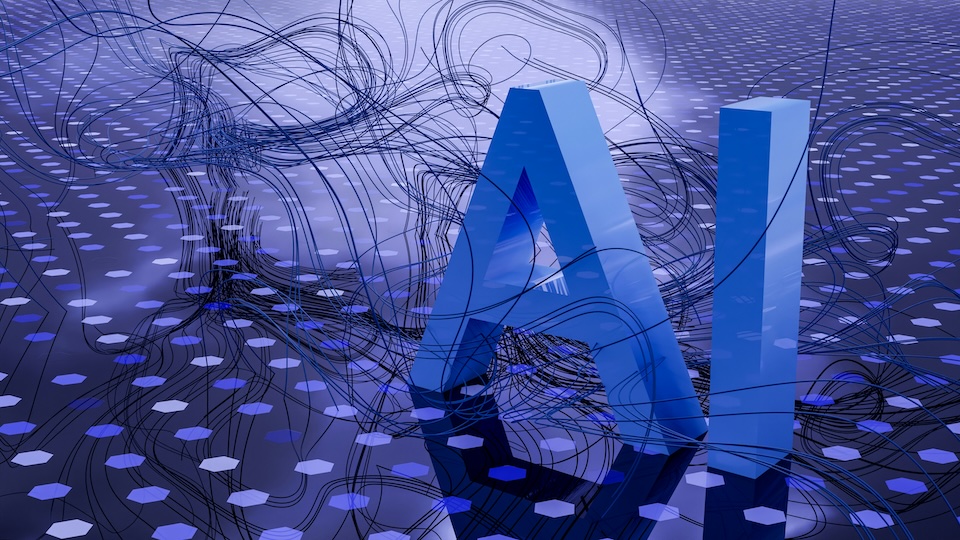
"AI didn't start by reinventing accounting. It started by drawing pictures. And we were instantly mesmerized. Most adults don't think they're creative. They can't sketch. They can't paint. They've spent their lives believing artistry belongs to someone else. So, when AI came along and said, "Type a few words, and I'll bring your imagination to life," it made us feel like a kid again. It was democratizing, empowering, even intoxicating. It was the spark everyone was waiting for."
"If you're AI, and you want to integrate into every corner of society, you don't start by replacing the analysts, the bankers or the accountants-the ones who build the systems you need to survive. You start with charm. You show the world the fun side, the creative side. You make people feel like artists. And while they play, you quietly earn their trust, their budgets and their belief. Once the world believed AI was creative, it earned permission to be everywhere else."
AI first gained mass adoption through accessible creative tools that allowed users to generate images and music from simple prompts. Non-creative adults felt empowered by generation features that democratized artistic expression and built broad public enthusiasm. That consumer enchantment functioned as a Trojan horse, letting AI win trust, budgets, and influence while shifting attention toward enterprise, productivity, and automation. By the time AI technologies moved into data, business, and infrastructure, they counted decision-makers as allies rather than adversaries. Major providers are already reducing investment in consumer creative tools and reallocating resources toward enterprise applications. The era of creative AI's prominence appears to be ebbing.
Read at Muse by Clios | Discover the latest creative marketing and advertising news. Muse by Clio is the premier news site covering creativity in advertising and beyond.
Unable to calculate read time
Collection
[
|
...
]